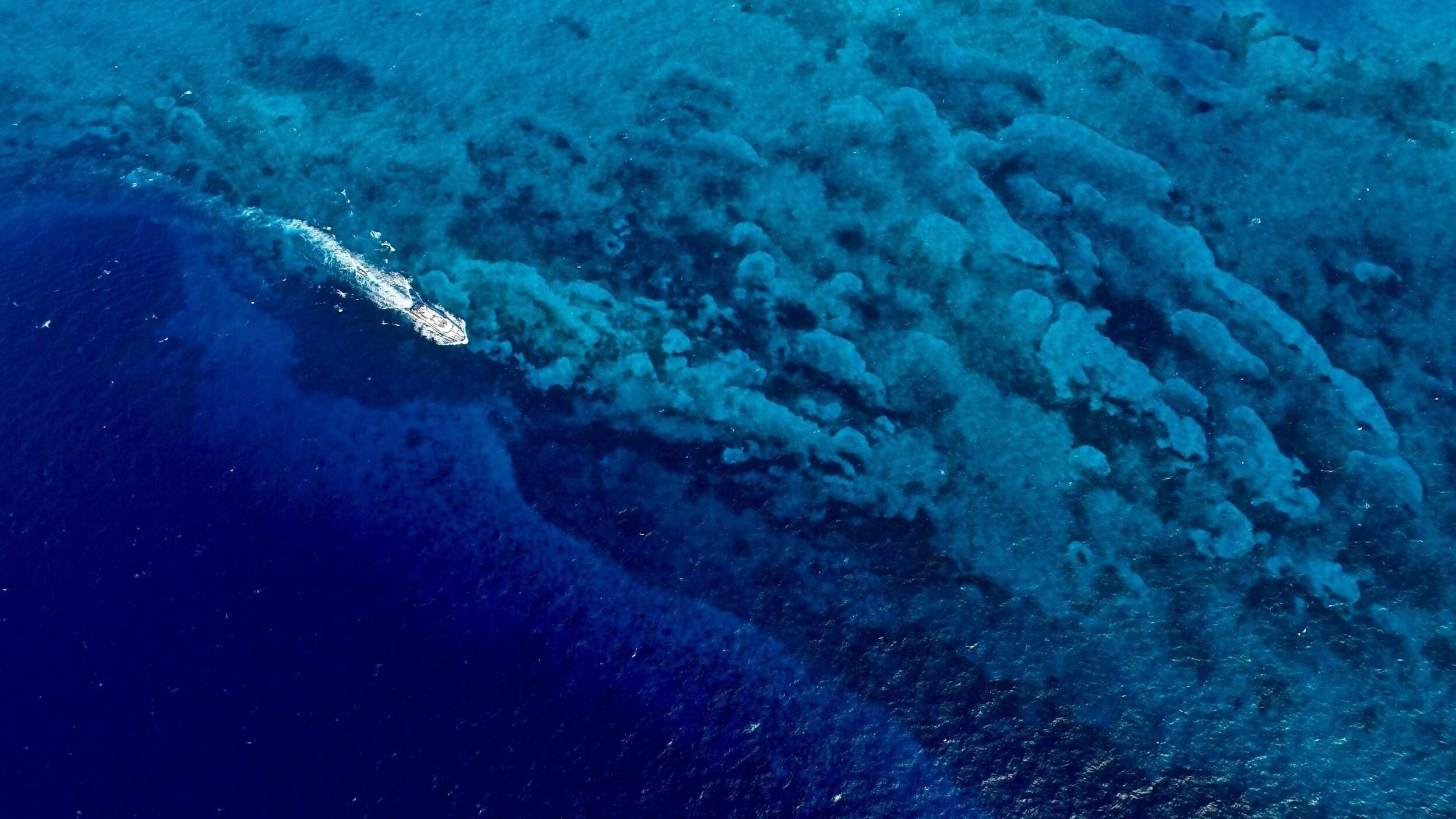
3D Sonar Explained
FarSounder’s dynamic technology is based on a combination of advanced acoustics and signal-processing techniques, proven phased array sonar design, and all combined with our team’s innovative approach to sonar system design. We push the boundaries of what is possible in the exploration of the world’s oceans and waterways. We tackle our work in a fundamentally different way than other sonar technologies have developed. Not all sonars accomplish the level of complexity that the FarSounder Argos Series does. FarSounder's navigation systems are the only products capable of generating a true, 3-dimensional image ahead of a vessel at navigationally significant ranges at each ping of the sonar.

Pushing the boundaries in exploring the world's oceans and waterways
When is 2D Sonar Insufficient?
When used as a navigation device in shallow water, other 2D technologies often fall short of being effective navigation tools. These systems are very good at finding the range and bearing to a single target in deep water. However, by definition, there are targets at every range and bearing in shallow water. Those 2D systems cannot distinguish between the safe seafloor and the dangerous in-water obstacle through depth measurement. They must rely on visual cues to guess whether or not the obstacles are located in the water column or on the seafloor. The need for visual cues forces those 2D systems to have a very high horizontal angular resolution. Unfortunately, this causes the systems to require many listening channels and requires a footprint for the receive array or lens aperture that is very long in terms of wavelengths. This long aperture requirement drives the systems to a higher frequency which in turn excludes them from long-range capabilities.
A true 3D sonar image
What is 3D Sonar?
FarSounder's single ping, 3D sonar approach enables the system to overcome traditional Forward Looking Sonar limitations such as Multipath Interference, Shallow Water Operation, Roll/Pitch Compensation, Surface Effects and Ship Motion.
-

2D Processing
Real data of a pier wall bulkhead collected with a FarSounder 3D sonar system is processed as a simple 2D horizontal slice. In this display, color is mapped to signal strength where red is "loud" and blue is "quiet". The angular resolution is roughly equal to the existing off-the-shelf Forward Looking Sonars (FLS) -- also called Collision Avoidance Sonar Systems (CASS) or Obstacle Avoidance Sonars (OAS) -- manufactured by various companies. There is clearly a feature caused by the pier wall crossing the field of view at about 45° (noted with the dotted line). Yet there is also another feature or "bright" spot noted by the oval. As a navigation tool, this 2D display is not very effective.
-

3D Processing - Top Down
This same ping has been processed with FarSounder's 3D processing using patented Target Model technology. In this image, color is mapped to depth. The view is a look down orthographic projection, yet targets are actually plotted in 3D space. Note the clear presence of the pier wall (shallow) in red and the sea floor (deep) in blue.
-

Rotated 3D Perspective
The same data is plotted in 3D space with a rotated perspective view. Note how clear it is to see the navigation hazards in 3D with this processing technique.
Without 3D capability, Forward Looking Sonars are unable to easily compensate for roll and pitch without large amounts of expensive hardware. Even in these cases, 2D roll and pitch compensation is marginal at best. FarSounder's technology is capable of compensating for roll and pitch entirely in software with a simple, inexpensive roll and pitch sensor.
FarSounder’s Argos Series, from the Argos 350 to the Argos 1000, all have the same advanced 3D sonar technology and provide the users with a navigation solution that meets their needs and achieves the same results, for vessels of different sizes. They each have fast refresh rates and a wide field of view with every single ping and each deal with Multi-Path and Water Depth challenges. They each provide a cost-effective solution for their vessel class, size, and speed.

